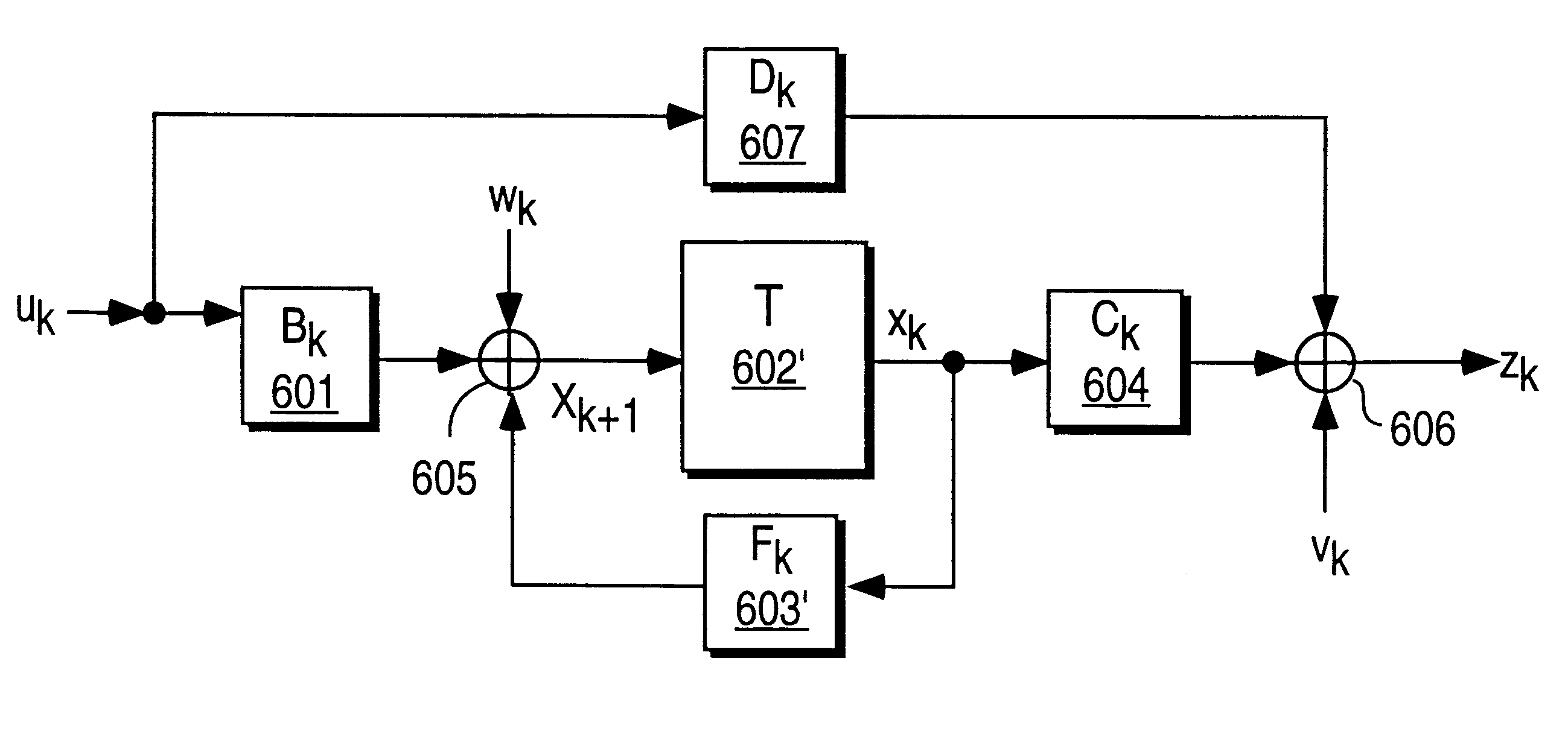Method for real-time nonlinear system state estimation and control
a nonlinear system and state estimation technology, applied in adaptive control, process and machine control, instruments, etc., can solve the problems of suboptimal estimators that do not yield minimal (optimal) error estimation, model behaviors that are drastically different from the actual system behavior, and the basic kalman filter technique cannot adequately accommodate general nonlinear systems
- Summary
- Abstract
- Description
- Claims
- Application Information
AI Technical Summary
Problems solved by technology
Method used
Image
Examples
Embodiment Construction
Computer models of complex physical processes, such as those involving heat, mass, and reacting flows, form the basis for controlling these processes. Traditionally, every effort is made to greatly simplify the model by decoupling and dissociating various aspects of the physical process in order to reduce the number of interacting factors which may complicate estimation of the desired properties. As a result, estimates of system model parameters and states are made using quasi-static tests with the hope of isolating and measuring individual properties of interest, free from unknown effects of other processes and confounding due to memory effects of dynamic transients. The primary deficiency of this approach is that many individual and isolated experiments are needed.
High complexity and lack of predictive accuracy are often cited as problems in using realistic physical models in real-time control and process optimization. However, a controller based on an inaccurate model generally l...
PUM
 Login to View More
Login to View More Abstract
Description
Claims
Application Information
 Login to View More
Login to View More - R&D
- Intellectual Property
- Life Sciences
- Materials
- Tech Scout
- Unparalleled Data Quality
- Higher Quality Content
- 60% Fewer Hallucinations
Browse by: Latest US Patents, China's latest patents, Technical Efficacy Thesaurus, Application Domain, Technology Topic, Popular Technical Reports.
© 2025 PatSnap. All rights reserved.Legal|Privacy policy|Modern Slavery Act Transparency Statement|Sitemap|About US| Contact US: help@patsnap.com



